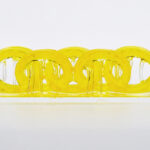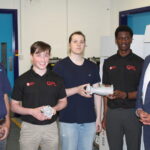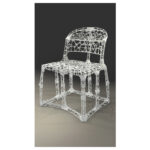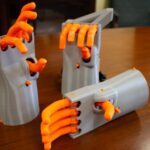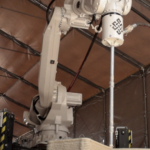Researchers at CERN have been awarded funding to continue development of 3D printed cooling system components as part of the AHEAD project.
The AHEAD project, which consists of CERN and 5 other partners, aims to produce lightweight, smart heat exchangers with a reduced part count by use of AM processes.
AHEAD is one of several projects funded under the second phase of the ATTRACT program which is intended to spin-off research technologies into commercial applications.
The AHEAD project will build on previous research conducted in phase one of ATTRACT, where a CERN research team had developed smart pipe technology.
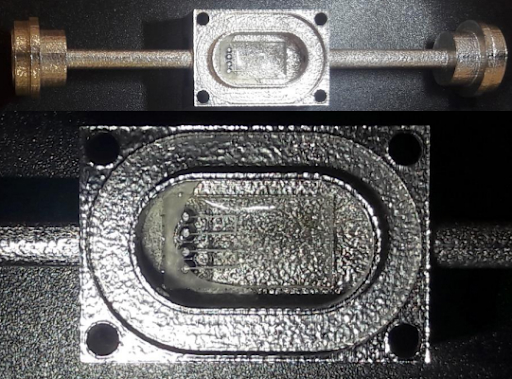
The Smart Wall Pipes and ducts (SWaP) project (pictured above) used 3D printing to manufacture smart pipes with sensors embedded inside the component.
The reduction in size and increase in complexity of these parts means they can be placed in tighter spaces, closer to the systems intended to be cooled.
This results in increased performance, and could offer fuel-saving benefits in aerospace and increased efficiency in industrial refrigeration applications.
The research was intended to lay the groundwork for a new generation of smart fluidic elements, compatible with existing standard hydraulic circuits, capable of providing measurements of parameters in the fluid with the embedded fluid sensors.
The SWaP project will therefore serve as a stepping stone for phase 2, to develop new heat exchangers to a higher technological readiness level, and eventually ready for market.
“Incremental innovation will not be sufficient for addressing the upcoming societal challenges in the next decades. The ATTRACT project and methodology aim to accelerate the market uptake of breakthrough innovation”, said Pablo Garcia Tello, ATTRACT project coordinator.
While this tech has originated in high energy physics detectors and will continue to benefit that area, it has other applications in the field of scientific research on heat and mass transfer at small scales thanks to the small size of the sensors and printed structures.
This could have long term spin-off value in medical applications, in particular giving origin to a new generation of smart prosthetic devices capable of sensing fluids in the body.
This is not the first time we have covered additive manufacturing at CERN. Recall back in 2020 they used Direct Metal Printing to manufacture titanium cooling bars for use in their LHCb Experiment.
You can read more about that story at the link below.




